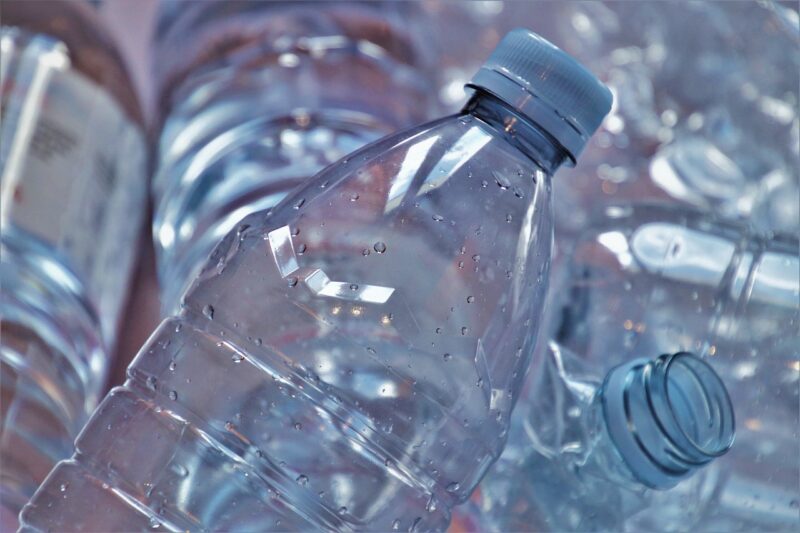How Glass Fiber Reinforced Plastic Has Revolutionized Modern Construction
November 14, 2024

In the ever-evolving world of construction, materials play a crucial role in shaping the efficiency, durability, and sustainability of structures. Among the innovative materials that have emerged in recent years, Glass Fiber Reinforced Plastic (GFRP) stands out as a game-changer. This composite material, known for its high strength-to-weight ratio, corrosion resistance, and versatility, has dramatically influenced modern construction practices. In this article, we will explore how GFRP has revolutionized the construction industry and its implications for future building projects.
1. Understanding Glass Fiber Reinforced Plastic (GFRP)
GFRP is a composite material consisting of a polymer matrix reinforced with glass fibers. The combination of glass fibers and resin results in a lightweight yet exceptionally strong material that can be molded into various shapes. Key attributes of GFRP include:
- High strength-to-weight ratio: GFRP offers superior strength while being significantly lighter than traditional materials, making it ideal for various applications in construction.
- Corrosion resistance: Unlike metals, GFRP does not rust or corrode when exposed to moisture, chemicals, or harsh environments, leading to lower maintenance costs and prolonged lifespan.
- Design flexibility: GFRP can be molded into complex shapes, allowing architects and engineers to explore innovative designs that were previously challenging to achieve with conventional materials.
These characteristics make GFRP an attractive option for various construction applications, from structural components to aesthetic finishes.
2. Applications of GFRP in Modern Construction
GFRP’s versatility has led to its adoption in a range of construction projects, enhancing efficiency and sustainability in the industry. Some notable applications include:
a. Structural Components
GFRP is increasingly used for structural elements such as beams, columns, and reinforcing bars. By replacing traditional steel reinforcement with GFRP, builders can:
- Reduce overall weight: Lighter structural components lead to less strain on foundations and allow for more adaptable designs.
- Enhance durability: GFRP’s resistance to corrosion means fewer repairs and longer-lasting structures, adding value over time.
b. Building Facades
GFRP panels have become a popular choice for building facades, providing aesthetic appeal and functional benefits. These panels can be produced in various colors and textures, allowing architects to create visually stunning designs while ensuring moisture resistance and thermal insulation.
c. Infrastructure Development
In infrastructure projects such as bridges, tunnels, and water treatment facilities, GFRP is utilized for its lightweight properties and resistance to chemical exposure. Its use in these projects leads to:
- Improved performance: The longevity of GFRP components reduces the need for frequent repairs in challenging environments.
- Faster construction timelines: Assembling lighter GFRP components can streamline the building process, accelerating project completion times.
3. Environmental Benefits of GFRP
Sustainability is at the forefront of contemporary construction practices, and GFRP offers several environmental advantages:
- Reduced resource consumption: Using GFRP reduces the amount of raw materials required compared to traditional concrete and steel construction methods, helping to lower overall resource consumption.
- Lower carbon footprint: The lighter weight of GFRP lowers transportation emissions, and its longevity cuts down on resource-intensive repairs and replacements over time.
- Recyclability: Advances in GFRP recycling processes are making it possible to repurpose this material, minimizing waste and maximizing sustainability throughout its lifecycle.
The move toward using GFRP aligns with global trends to create more sustainable infrastructures that cater to future generations.
4. Challenges and Limitations of GFRP
Despite its many advantages, GFRP also faces challenges in its widespread adoption:
- Higher initial costs: The use of GFRP can entail higher upfront costs compared to traditional materials, though these costs may be offset by lower maintenance over time.
- Limited awareness and expertise: The relative novelty of GFRP can lead to a lack of understanding among builders and architects, posing hurdles in implementation and design capabilities.
As research and developments in GFRP material technologies progress, these challenges are likely to diminish, paving the way for broader acceptance in construction practices.
5. The Future of GFRP in Construction
Looking forward, the growth of GFRP in the construction industry is promising. Trends indicate:
- Increased Research and Development: Ongoing innovations will lead to stronger, more cost-effective GFRP products, fostering broader integration into construction standards.
- Greater Acceptance of Composite Materials: As more builders and architects adopt GFRP, its reputation as a reliable construction material is expected to grow, leading to more extensive applications worldwide.
- Sustainable Practices New Frontier: The push for sustainable building materials will drive further research into recycling and life cycle assessments of GFRP, emphasizing its role in green construction initiatives.
Conclusion
As the construction industry continues to evolve, Glass Fiber Reinforced Plastic (GFRP) offers remarkable opportunities to enhance the efficiency, sustainability, and creativity of building practices. Its unique properties have made it an integral part of modern construction and will likely enable innovative designs and longer-lasting structures in the years to come. Whether through smart structural engineering, environmentally friendly applications, or beautiful finishes, GFRP stands at the forefront of a construction revolution, shaping the future one glass fiber at a time.






